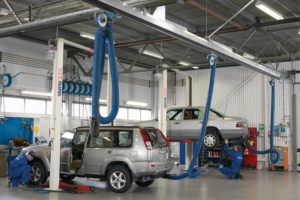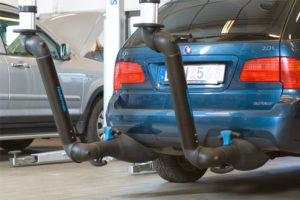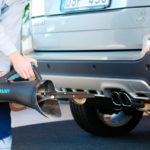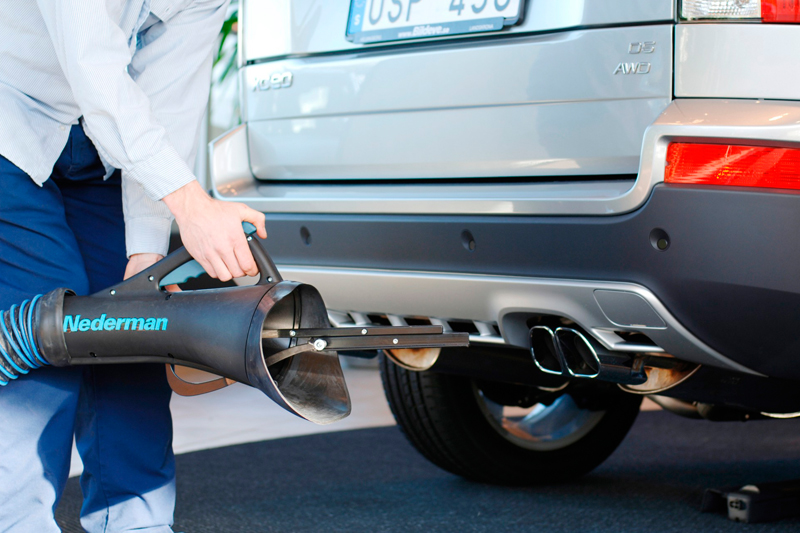Keith Bowman, Automotive Development Manager at Nederman, tells us why workshop owners have a responsibility to ensure that exposure to exhaust fumes meets the appropriate health and safety requirements.
In June 2012 the World Health Organisation Working Group in diesel fumes confirmed that:
“The scientific evidence was compelling and the Working Group’s conclusion was unanimous: diesel engine exhaust causes lung cancer in humans.”
In reality this only confirmed what everyone has accepted for many years, yet it is still something that has been largely ignored, despite there being a wealth of information on the HSE website that details the risks involved and appropriate actions to take.
Following the announcement, however, most employers now accept that exposure to diesel fumes is dangerous and comes under the COSHH Regulations. As such, they have a duty of care to make an assessment under the Regulations, and to take appropriate action.
“Nederman offers a free site survey for all installations. This is backed up by a professional proposal and full installation/test and commission service.”
Risk reduction
So what solutions are available? Most employers simply accept the risks and will install control systems, if the fumes can’t be avoided or eliminated. These control methods usually take the form of LEV systems that attach to the vehicle exhaust and remove 100% of the fumes when the system has been professionally designed and installed.
LEV systems for vehicle exhaust emissions take two main forms: a) systems for static vehicles; and b) systems for vehicles in motion.
The latter tends to be the most complex as it relates to a vehicle moving about in the workshop. For these instances there is little option but to fit temporary filters that require filter changes to ensure maximum protection. When the vehicle is moving in a straight line, such as an MOT bay, an extraction rail with sliding suction trolley is an ideal solution.
 The most common application is the extraction of fumes from vehicles parked in service bays. This is easily solved by installing dedicated extraction points (usually one per bay), all connected to a common header duct with suitable extraction fan. There are various forms of single point extraction, but by far the most popular is the use of spring recoil exhaust hose reels that hold a suitably sized hose.
The most common application is the extraction of fumes from vehicles parked in service bays. This is easily solved by installing dedicated extraction points (usually one per bay), all connected to a common header duct with suitable extraction fan. There are various forms of single point extraction, but by far the most popular is the use of spring recoil exhaust hose reels that hold a suitably sized hose.
This hose is retracted above head height when not in use. Reels such as the Nederman 865 range can come with automatic mechanical dampers that reduce power consumption and heat loss by closing a mechanical damper on reels when they’re not in use.
Connect more
The final connection to the vehicle is very important, as it must be versatile and easy to use. The Nederman range of exhaust hose nozzles is extensive and time proven to be very acceptable for the task. There is even a special nozzle for vehicles with vertical exhausts. This nozzle is connected to the exhaust from low level and can even raise the weather flap of the exhaust out of the way. A conventional nozzle is then attached to the bottom of this nozzle to provide extraction.
For MOT purposes, a free standing nozzle that is fully adjustable for height and angle is available. This has been designed to accommodate emission tests at high revs. As engines develop and the fume emissions improve, new exhaust designs are appearing in the market with very wide exhaust pipe ends to dissipate fumes. To assist workshops further, Nederman has a new fully flexible nozzle to suit these Euro 6 nozzles.











